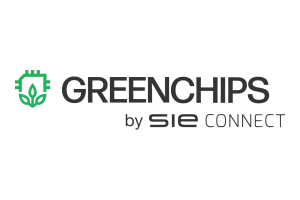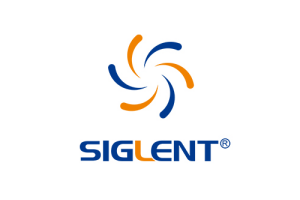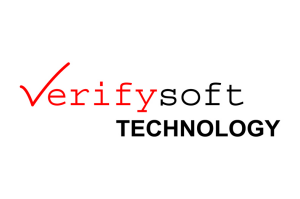Comfort and Safety Combined
IoT Wireless Platform for Commercial Buildings
Fortsetzung des Artikels von Teil 2
Integration of the IP500 IoT networks in installation guideline (VDI)
As soon as the planner has the appropriate BIM model ready, then he synchronizes all the IoT system and product information with the installation guidelines. This transmission in the installation guideline requires a fully interoperability and scalability at the sensor, actor and infrastructure level. Therefore, the IP500 Alliance has worked closely with the planners, system integrators and installers to make sure, that the IP500 wireless platform provides this important base.
Having the comfort and security applications in the same installation guideline – like VDI 3813 for HVAC, lighting and security – offers an enormous advantage for the planner and installer right from the beginning of the process. Since the planners no longer have to deal with various gateways for different IoT wireless networks nor with non-compatible protocols and performance issue, he can use pre-specified symbols and combined functions for both comfort and security in the same installation and process, based on the building structure and the user requirements (see below in Figure 5). Even outdoor system sensors are then integrated into the same IP500 network and the BMS, since the key technology aspects of these out-door applications can also be covered.
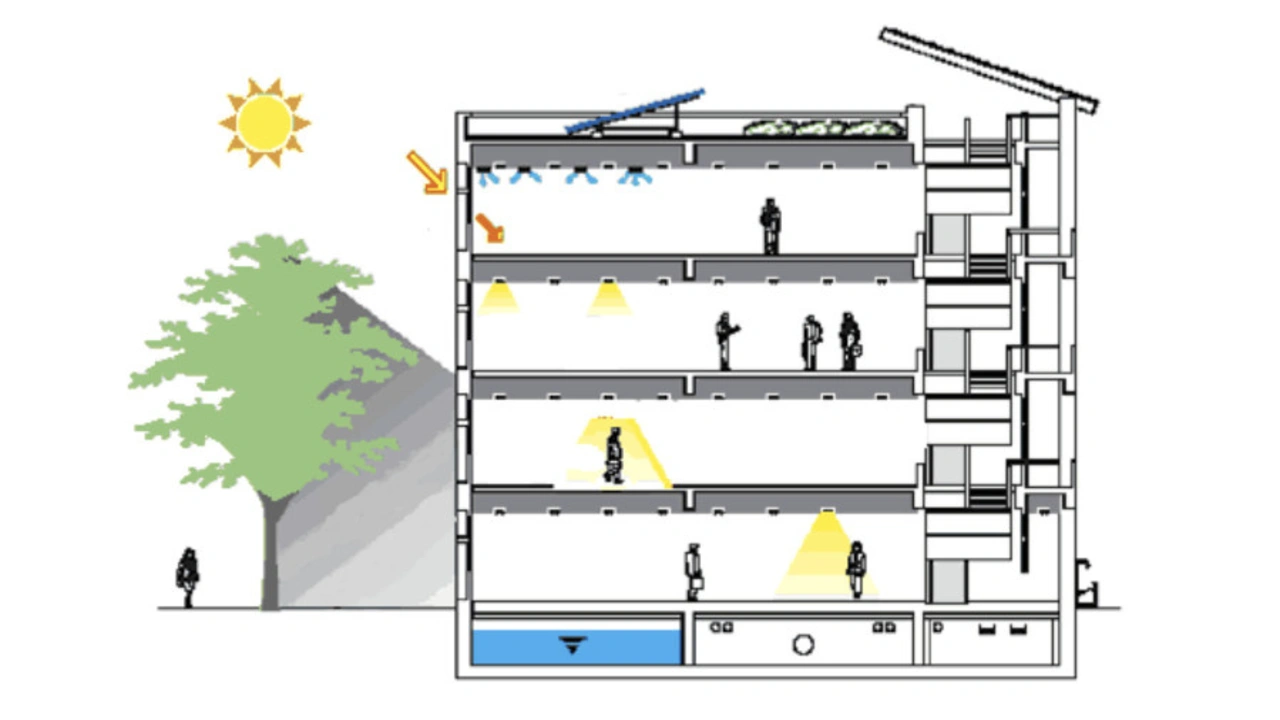
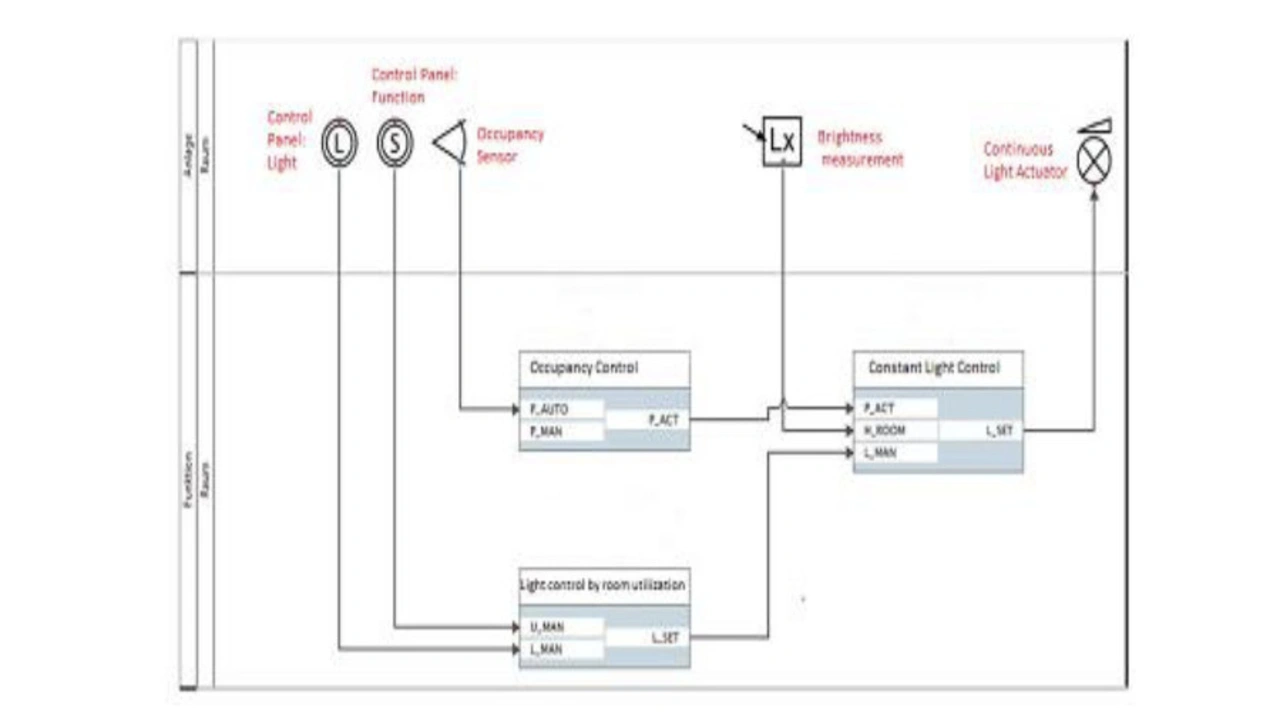
Such an efficient and scalable planning and installation process, based on the interoperability across all the IP500 applications (comfort and security) connected to one common IoT infrastructure, saves time and cost and allows the acting parties to add new applications and combinations from different OEM’s, that were not previously possible.
Combine comfort and security applications, example »lighting« in office buildings and parking garages
General lighting is a central and important comfort application in every building; commercial, public or private. Most lighting systems in a commercial building are controlled by a protocol called DALI. In addition to the 230 V or 110 V supply voltage, the luminaire is supplied with data via a 2-core DALI bus cable, e.g. Switch on and off or to dim. DALI 2 also created the option of transmitting the power consumption of the lights.
This installation technology has been around for a long time and can therefore easily operate simple lighting functions with on-off and dimming.
If a user wants to expand the functionality of the lighting system to make it smarter by new and innovative sensing solutions, this is only possible with a relatively high amount of effort in the classic wired installation and is associated with high installation costs. Should functions can be expanded using mobile applications or combine it with security applications in commercial or industrial building, i.e. for:
- Identifying the presence or number of people in a room, in combination with HVAC.
- Security guard control walk, in combination with access control end elevators.
- Evacuation of people in an alarm situation.
- Delivery of food, good or supplies by robots in combination with access control end elevators.
The traditionally wired lighting solutions quickly reach their limits. The extension of such mobile based functions is only possible with the support of a secure and high performance wireless IoT platform and network.
The use of wireless connectivity in luminaires based on ZigBee or BLE (Bluetooth Low Energy) is available in the consumer environment, because of popularity of some wireless standards and because of the wireless connection to a smartphone, voice guidance systems or tablets is possible directly via BLE.
But these wireless technologies do have limit if you want to combine such lighting system with security and mobility applications – see background in the previous paragraph.
- IoT Wireless Platform for Commercial Buildings
- The future of wireless IoT platforms (IoT 4.0)
- Integration of the IP500 IoT networks in installation guideline (VDI)
- The future of Smart Building with a common wireless IoT platform





